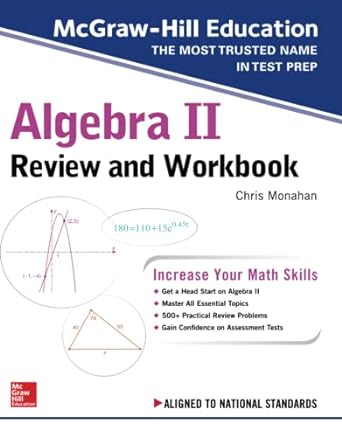Question
8. A researcher suggests that the Migrant Group 1 in the question is less educated and has lower financial literacy compared to many other migrant
8. A researcher suggests that the Migrant Group 1 in the question is less educated and has lower financial literacy compared to many other migrant groups in Australia. She believes that Australian migrants, as a whole, would score at least 5.5 on average for the 12 financial literacy questions given in the survey. Use the p-value approach to test if there is sufficient evidence to conclude that the Migrant Group 1 has lower financial literacy compared to the migrants as a whole in Australia (use 1% significance level). (8 marks)
9. The researcher also suggests that most of the migrants in Migrant Group 2 have come to Australia under a skilled migration category, hence are better educated and have higher financial literacy compared to the other migrant group (Group 1). Use the p-value approach to test if there is sufficient evidence to conclude that the Migrant Group 2 has higher financial literacy compared to the Migrant Group 1 (use 1% significance level). Construct a 95% confidence interval for the difference in mean scores. Interpret this confidence interval.(15 marks)
10. Conduct a test for the hypothesis that native Australians, on average, have higher financial literacy compared to the Migrant Group 2 (Hint: only use fl sum). (8 marks)
11. A policy maker believes that all Australians should be provided with some financial literacy programs if the general population could not score at least 55% from the 12 financial literary questions given in the surveys. Conduct three separate hypothesis tests (one for the native group and two other for the migrant groups) at a 5% significant level to test if any of these Groups should be provided with financial literacy programs as suggested by the policy maker. (20 Marks)
12. Suppose that the researcher decides to test if financial literacy can be improved through financial literacy workshops. She organised 3 workshops for all 423 participants in her first surveys (assume that all these 423 participants attended the workshops). A questionnaire with the same 12 financial literacy questions was given to the participants at the end of the last workshop and the scores were recorded (These scores are not given to you).
(a) Write down the null and the alternative hypothesis related to this question. (2 marks)
(b) Write down the equation for the test statistic. Interpret each of the terms in the test statistic. What is the distribution of the test statistic? (5 marks)
(c) Find the critical value for this test. What is the decision rule? (2 marks)
Page 4
ECON10005 QM1 Semester 2, 2019
(d) Explain how you will draw a conclusion for the test based on the critical value approach and how you will answer the research question. (4 marks)
(e) Write down an equation for the 95% confidence interval for the difference in mean scores. Explain each of the terms in the equation for confidence intervals. (6 marks)
(f) Suppose that the researcher now decides to test if there is a change in the level of financial literacy through financial literacy workshops. How many participants should be sampled for a 99% confidence interval to have a margin of error of "a"? Express your answer as a formula. Explicitly define the terms used. (6 marks)
Step by Step Solution
There are 3 Steps involved in it
Step: 1

Get Instant Access to Expert-Tailored Solutions
See step-by-step solutions with expert insights and AI powered tools for academic success
Step: 2

Step: 3

Ace Your Homework with AI
Get the answers you need in no time with our AI-driven, step-by-step assistance
Get Started


